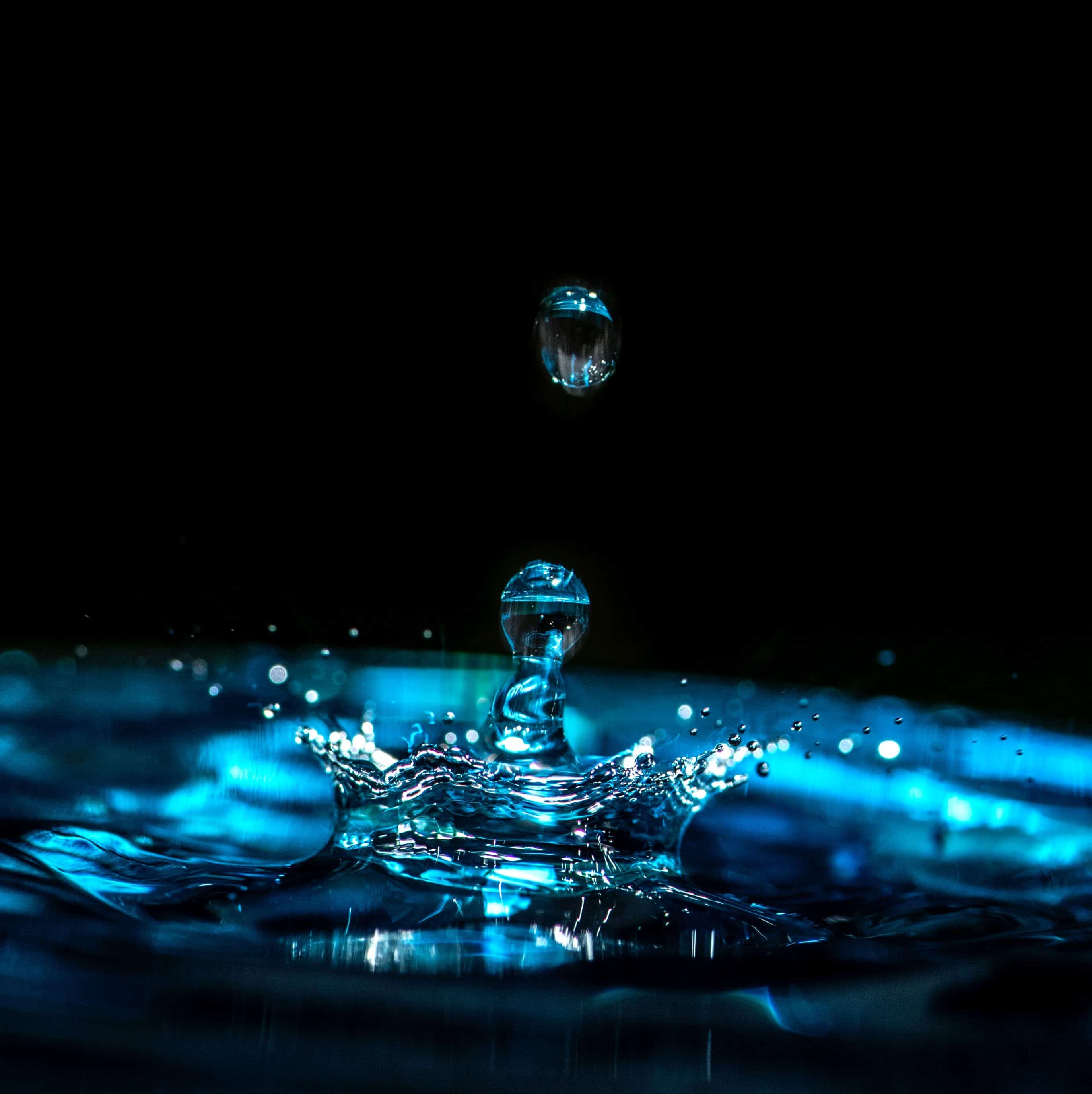There are many forms of water leakages, some leakage may be a result of a damaged/worn-out waterproofing system while others may involve the breakage of piping. In order to carry out the necessary and correct method of repair, we first need to determine the type of water leakage – is the root problem that of a worn-out waterproofing system or is the water leaking from a broken pipeline? There are many methods of leakage detection available today due to technological advancements. Today, we will discuss some of them.
Thermal Imaging Cameras
Thermal imagers are able to detect difference in surface temperature and the user can attempt to diagnose the abnormalities in the readings to determine the area of water egress. Generally, areas with lower temperatures are considered wet (because water is naturally lower in temperature) and areas with high temperatures are considered dry. Using this rule of thumb, leak detection specialists are able to narrow the source of leakage to a smaller area.
Some benefits of thermal imagers include:
- no need to hack or excavate to determine source of leakage;
- sees surface temperature, and in turn surface dampness, which the naked eyes cannot;
- high accuracy and easy to use
Ultrasonic Leak Detector
Ultrasonic leak detectors can detect sound waves of leaks in various ranges of frequencies, leak detection specialists then use the detected sound waves to determine the source of water leakage. Ultrasonic leak detectors are usually used to detect leakages in pipelines i.e. a burst or broken pipe. The nearer it is to the leakage spot, the more intense will the sound waves be. As such, the source of leakage is usually concluded at the area whereby the intensity of the sound waves is the strongest.
Some benefits of the ultrasonic leak detector include:
- ultrasonic detectors are so sensitive that even blinking of the eye can also be picked up
- big range of sound waves it can pick up – can be used in various conditions: pipes concealed in the wall, concrete floor, soil etc
- high accuracy and can pinpoint exact spot of water leakage
However, the ultrasonic detector is not without cons. It requires a skilled operator/technician to use the equipment and vigorous training is necessary for operators to understand the basics of the detector and how to use it. The environment in which the detection plays an important role as well. If the environment is very noisy with loud background sounds, it may affect the accuracy of the ultrasonic detector.
Hydrostatic Pressure Tester
This is a test to determine the water pressure in water pipes across a certain desired area. This is a simple test to check if there is any pressure drop in the length of the pipe in concern. From the start of the flow of water till the end of the desired test area, the water pressures are measured. If the pressures are consistent with insignificant difference, it can be concluded that there is no leakage. However, if there is significant drop in water pressure between the two values, it can be sure that there is water leakage happening in the length of pipeline being tested.
Some benefits of hydrostatic pressure test:
- simple and inexpensive
Cons of hydrostatic pressure test:
- may not be accurate
- unable to pinpoint exact area of leak
Dyed Water Ponding Test
In this test, dyed water is being flooded in the area of concern typically between 4-12 hours (depending on your requirement). After the ponding, the underside of the area being flooded are visually inspected for dyed water stains. For example, if you are interested to know if your toilet is leaking, you can pond your toilet with dyed water for minimally 4 hours. After which, you can head to the underside of the toilet to check on the ceiling and wall if there is any staining from the dyed water. This is usually a test to determine if there is any breach in integrity of the waterproofing system.
Some benefits of dyed water ponding test:
- simple and inexpensive to carry out
- relatively accurate
Cons of dyed water ponding test:
- long hours necessary for results to show
- unable to test integrity of waterproofing on walls
In conclusion, there are many kinds of water leakage detection tests which we can do to attempt to determine the source of leakage. It is important to carry out such tests to confirm the root of problem, otherwise we will be blindly administering repairs which may not solve the problem. SWC Construction specialize in water leakage detection and we are well-equipped with the necessary tools and detectors for any forms of water leakage. Contact us today!



